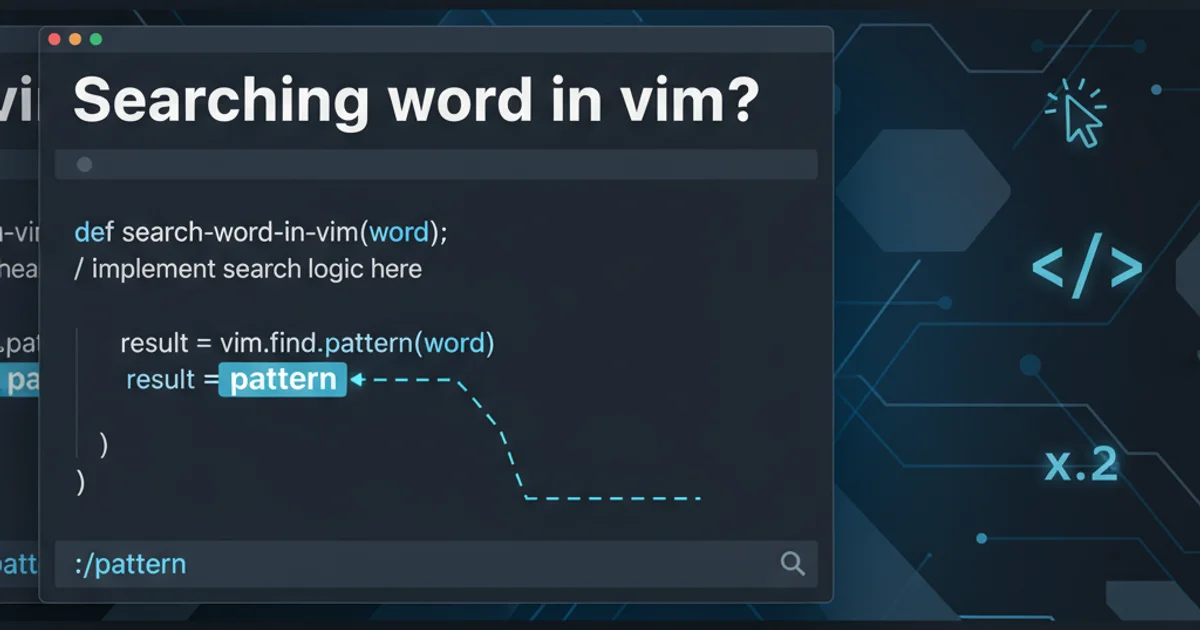What does a for loop within a list do in Python?
Categories:
Understanding List Comprehensions in Python: For Loops Within Lists

Explore the power and conciseness of Python's list comprehensions, a fundamental feature for creating lists efficiently.
Python offers a powerful and elegant way to create lists based on existing iterables: list comprehensions. Often described as a 'for loop within a list', they provide a concise syntax for constructing new lists where each element is the result of some operation applied to each item in another sequence or iterable. This article will demystify list comprehensions, explain their syntax, and demonstrate their practical applications.
The Basics: Syntax and Structure
At its core, a list comprehension consists of an expression followed by a for clause, and optionally one or more if clauses. It's enclosed in square brackets [], just like a regular list literal. The general syntax looks like this:
[expression for item in iterable if condition]
Let's break down each part:
expression: This is the operation performed on eachitemthat satisfies thecondition. It determines what value will be added to the new list.item: This is the variable that takes on the value of each element from theiterableduring each iteration.iterable: This is the source sequence (e.g., a list, tuple, string, or range) that the comprehension iterates over.if condition(optional): This is a filter. If present, only items for which the condition evaluates toTruewill be processed by theexpressionand included in the new list.
flowchart TD
A[Start List Comprehension]
B{Iterate over 'iterable'}
C[Get 'item']
D{Is 'condition' True?}
E[Apply 'expression' to 'item']
F[Add result to new list]
G{More items?}
H[End List Comprehension]
A --> B
B --> C
C --> D
D -- Yes --> E
D -- No --> G
E --> F
F --> G
G -- Yes --> C
G -- No --> HFlowchart illustrating the execution of a list comprehension
List Comprehensions vs. Traditional For Loops
To truly appreciate list comprehensions, it's helpful to compare them with their traditional for loop counterparts. Both achieve the same goal of creating a new list, but comprehensions often do so with less code and improved readability.
Consider the task of creating a list of squares for numbers from 0 to 4.
Traditional For Loop
squares = []
for i in range(5):
squares.append(i * i)
print(squares)
# Output: [0, 1, 4, 9, 16]
List Comprehension
squares = [i * i for i in range(5)]
print(squares)
# Output: [0, 1, 4, 9, 16]
As you can see, the list comprehension version is more compact and expresses the intent more directly. It reads almost like natural language: "make a list of i * i for each i in the range 5."
Adding Conditional Logic (Filtering)
The optional if clause allows you to filter elements from the iterable before they are processed by the expression. This is incredibly useful for creating subsets of data.
Let's say we want a list of only the even numbers from 0 to 9, squared.
even_squares = [x * x for x in range(10) if x % 2 == 0]
print(even_squares)
# Output: [0, 4, 16, 36, 64]
Using an 'if' condition to filter elements in a list comprehension.
if statements or very long expressions. For complex logic, a traditional for loop might be more readable.Nested List Comprehensions
Just like you can nest for loops, you can also nest list comprehensions to handle multi-dimensional data structures or generate combinations. The order of the for clauses in a nested comprehension is the same as in nested for loops: the outermost loop comes first, followed by inner loops.
Example: Flattening a list of lists.
matrix = [[1, 2, 3], [4, 5, 6], [7, 8, 9]]
flattened_list = [num for row in matrix for num in row]
print(flattened_list)
# Output: [1, 2, 3, 4, 5, 6, 7, 8, 9]
Flattening a list of lists using a nested list comprehension.